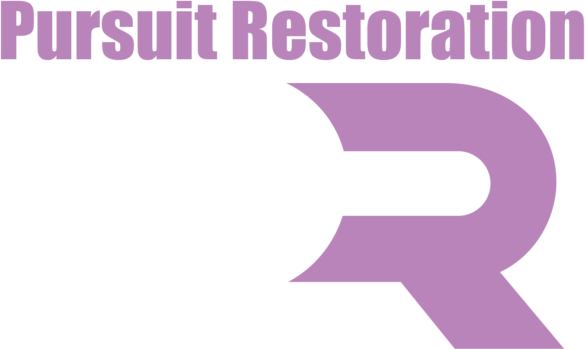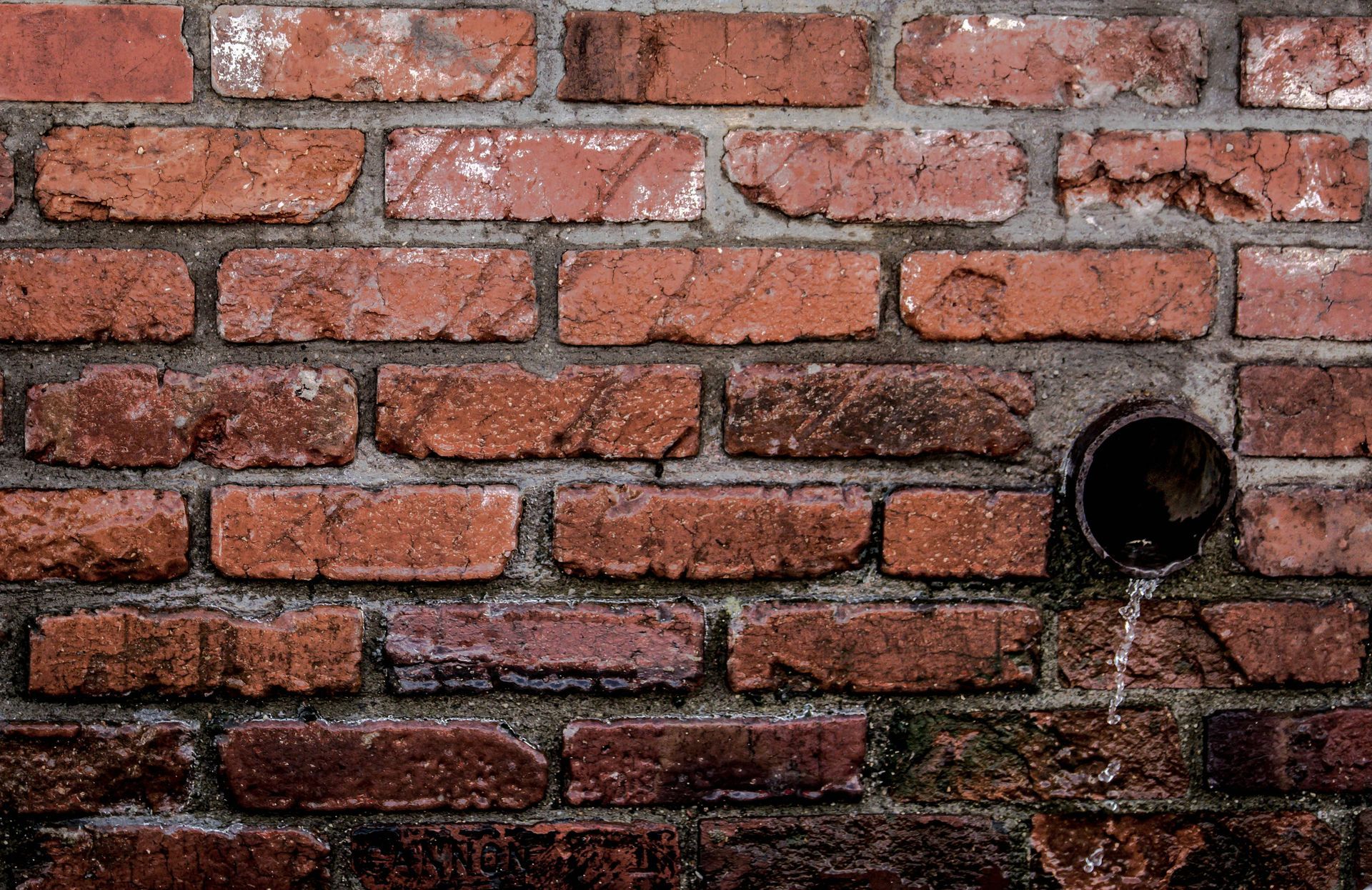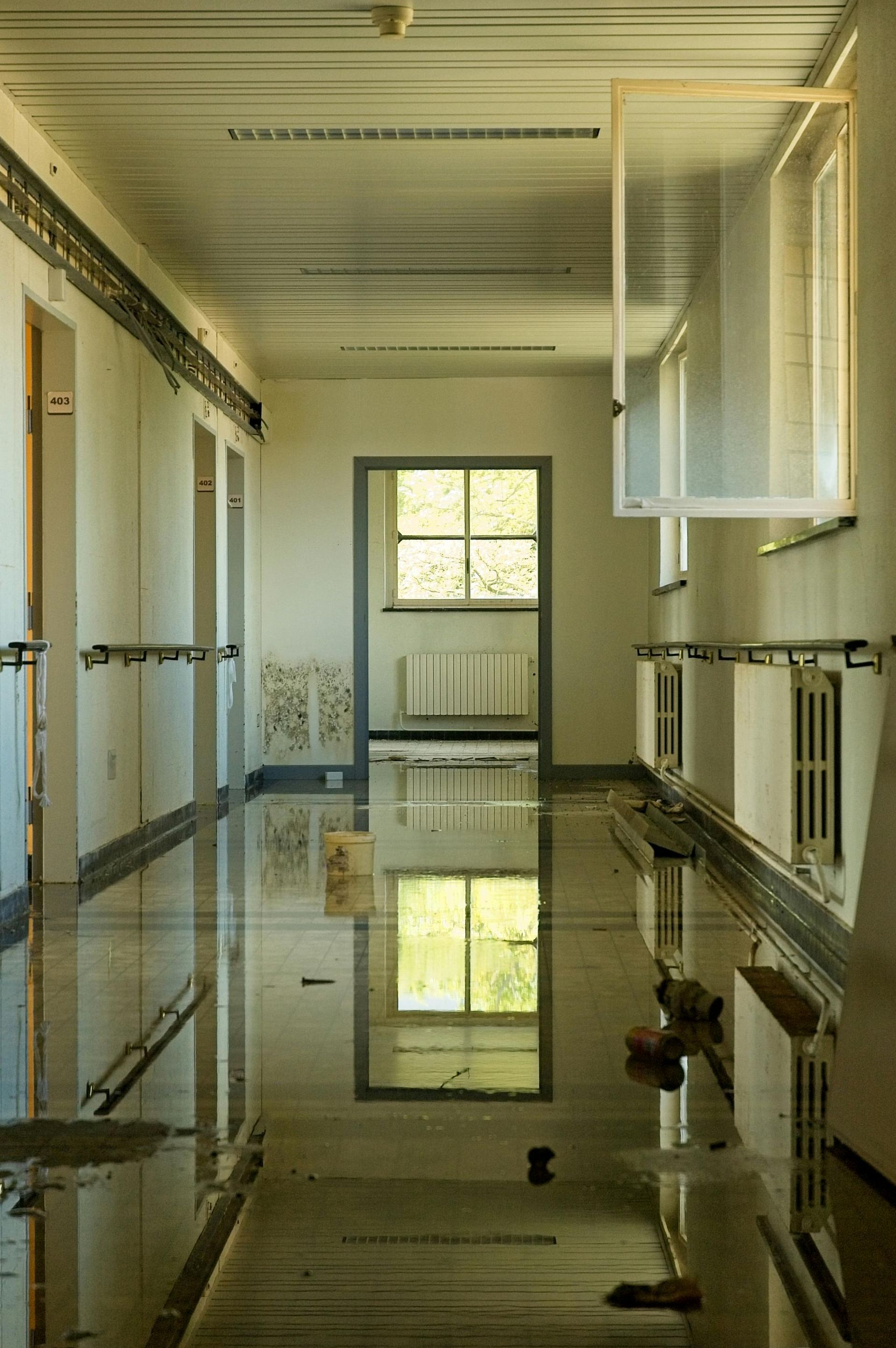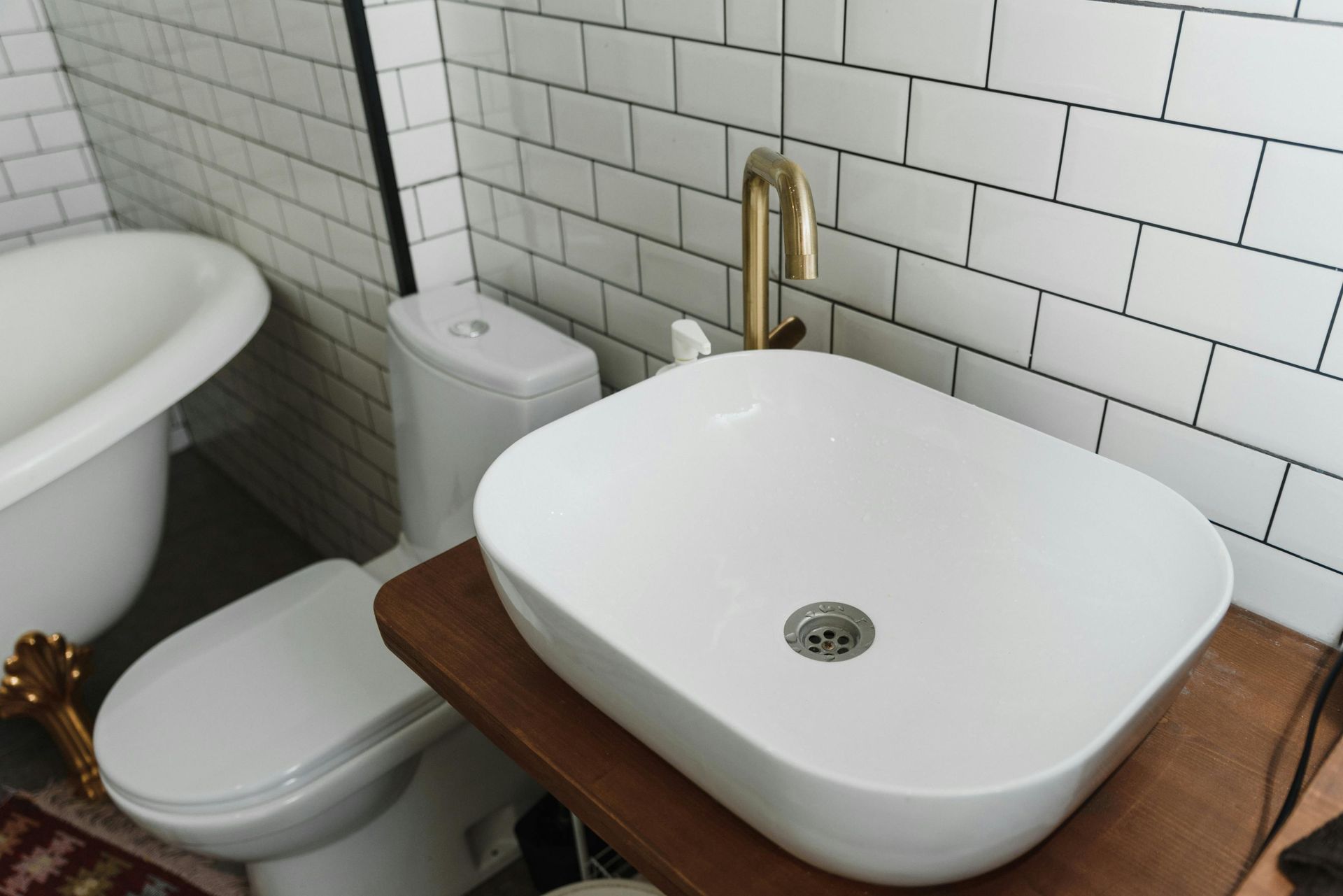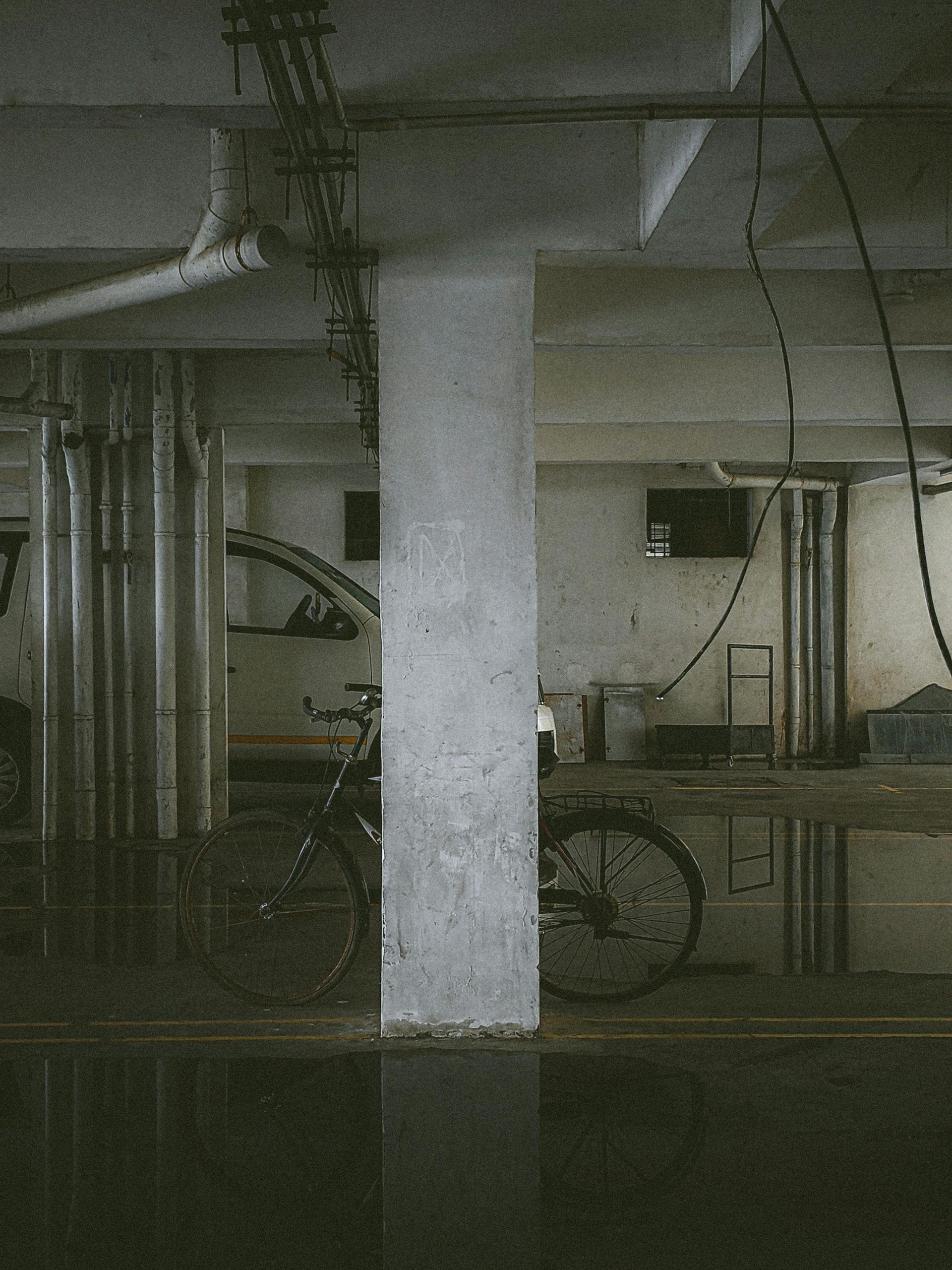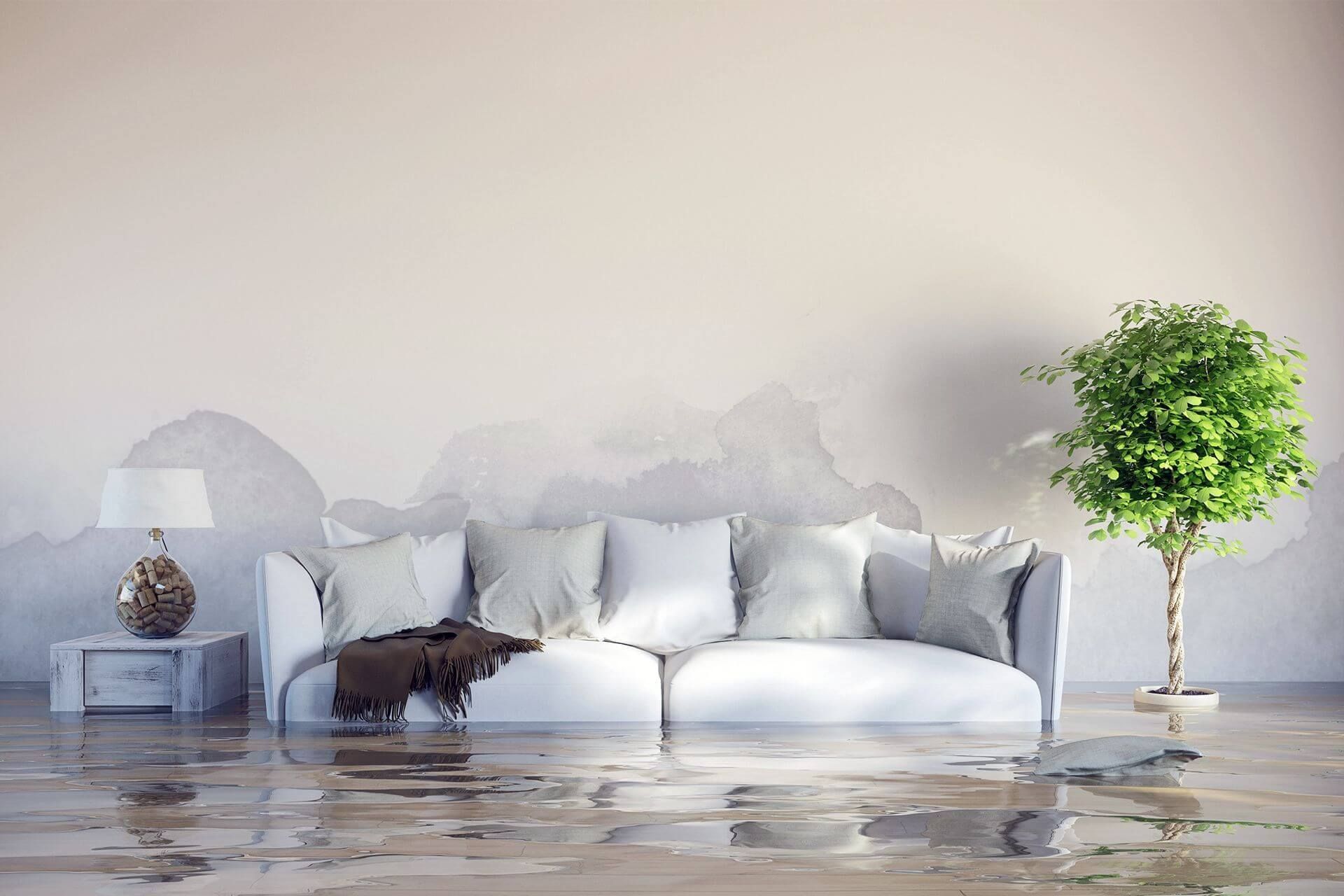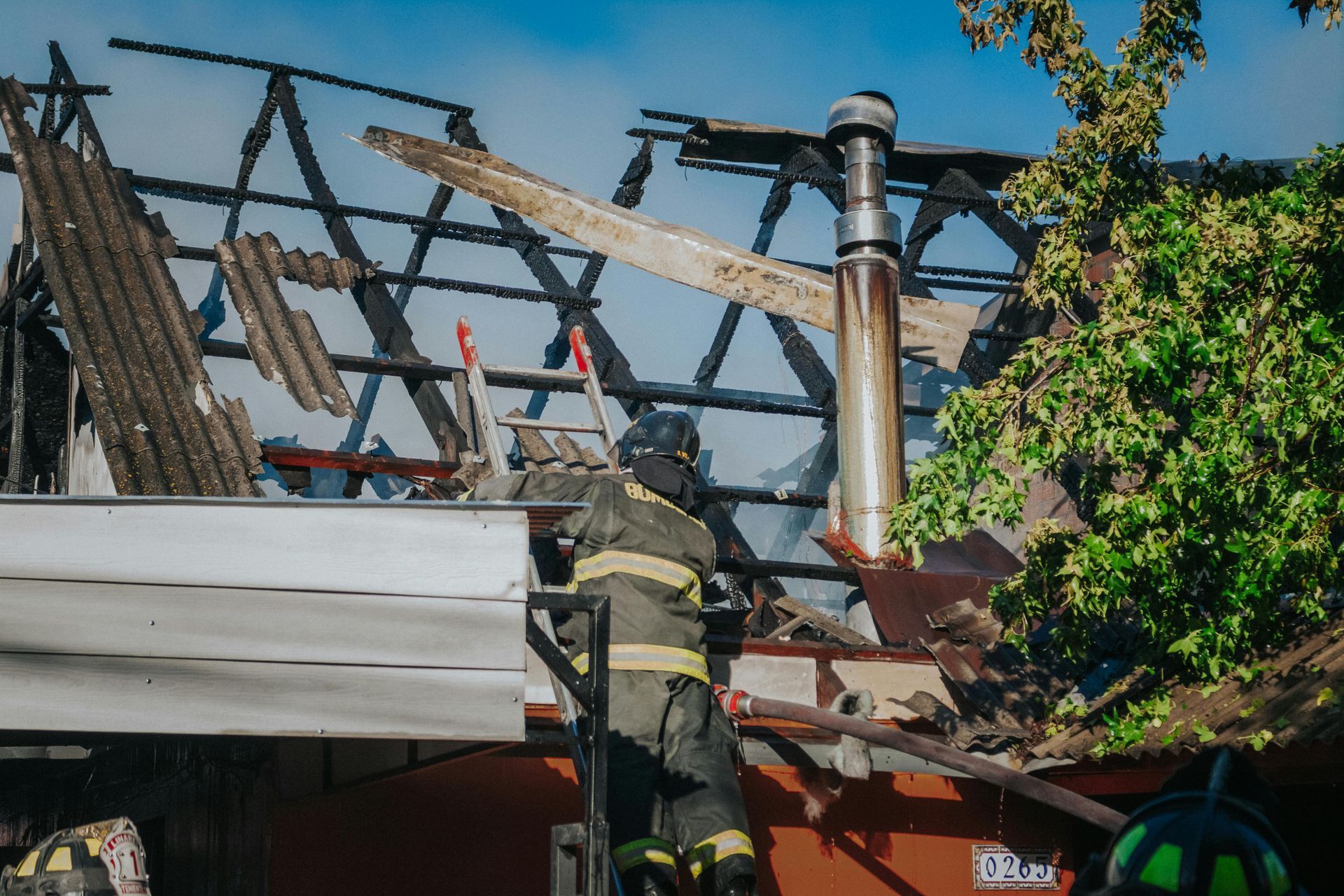Best Sewer Backup Cleaning Products: What Works Effectively and Safely
Sewer backup cleanup is critical to protect your home and health from dangerous bacteria and contaminants. When sewage floods into your living space, it poses serious risks. Not only is the mess unpleasant, but the pathogens in the wastewater can cause illnesses and damage building materials.
Quickly using the right cleaning products is essential to stopping the spread of harmful microbes and restoring safety in your home. This guide highlights effective sewer backup cleaning products that work powerfully yet safely, especially those approved by the EPA for disinfecting bacteria and viruses commonly found in sewage.
Key Takeaways
- Sewer backup cleanup needs the right products to kill germs and stop smells without hurting your home or pipes.
- Choose cleaning products based on what surface you have, how bad the mess is, and if anyone in your home is sensitive to chemicals.
- Use tools like wet/dry vacuums, scrub brushes, and dehumidifiers to clean up water and dry the area well.
- Always wear gloves, masks, and goggles and work in a well-ventilated space to stay safe from germs and strong chemical fumes.
- For big sewer problems, it's smart to call pros like Pursuit Restoration who have special cleaners and equipment to do a thorough job.
Types of Cleaning Products for Sewer Backup
When dealing with a sewer backup, different types of cleaning products serve specific purposes in removing waste and disinfecting affected areas. Understanding the options makes it easier to choose the right product for each stage of cleanup.
There are four main categories of sewer backup cleaning products:
Chemical disinfectants
These include chlorine bleach solutions, Lysol, and Pine-Sol. Chlorine bleach is a powerful disinfectant that kills bacteria and viruses effectively but must be used carefully because it can damage some surfaces and produce strong fumes. Lysol and Pine-Sol provide additional antimicrobial action and odor control, useful for hard surfaces after removing solid waste.
Enzyme-based cleaners
These use natural enzymes and bacteria to safely break down organic matter such as hair, grease, and food residues without harming pipes or septic systems. They work slower than chemical disinfectants but are excellent for digestion of waste and ongoing maintenance. Popular enzyme cleaners include Bio-Clean and Digesta, preferred when avoiding harsh chemicals.
Natural cleaners
Vinegar, baking soda, and tea tree oil offer mild cleaning and deodorizing effects. These are best for initial cleaning or small spills and areas with light contamination. While natural cleaners won't eliminate harmful pathogens from sewage, they support odor removal and surface refreshment.
Heavy-duty degreasers and bio-cleaners
These products are formulated to dissolve tough grease and organic buildup, common contributors to sewer line blockages. They combine chemical and biological action for effective cleanup, particularly in septic systems or older pipelines where grease accumulation is significant.
Choosing the right type of product depends largely on the area being cleaned, the nature and severity of contamination, and consideration for pipe safety and household chemical sensitivity. It is often necessary to use a combination of these products to thoroughly clean and disinfect an area affected by a sewer backup.
This mix of products ensures effective removal of organic waste, disinfection to protect health, and odor control to restore comfort in the home. Each product type plays a unique role and complements the others for a comprehensive cleanup approach.
How to Choose the Right Product for Your Cleanup Needs
Choosing the right cleaning product for a sewer backup involves several important factors to ensure effective cleanup while protecting your home and health. Each factor helps determine the best product type and how it should be used.
Surface type
The type of surface being cleaned is crucial. Hard surfaces like tile, concrete, and sealed stone are typically durable enough for stronger chemical disinfectants such as bleach, Lysol, or Pine-Sol. These products work well at killing harmful bacteria and viruses on these materials without causing damage. However, more delicate surfaces such as wood, laminate, or unsealed stone may require gentler enzyme-based or natural cleaners to avoid staining, corrosion, or warping.
Severity of contamination
How bad the sewer backup is affects product choice. Large-scale or heavily contaminated areas require EPA-approved chemical disinfectants that kill a wide range of pathogens quickly and thoroughly. On the other hand, minor backups, surface stains, or less contaminated areas can benefit from enzyme-based cleaners, which safely break down organic matter over time and help maintain pipe health without harsh chemicals.
Chemical sensitivity
In households with children, pets, elderly people, or those with respiratory conditions, strong chemicals may pose health risks. Chemical disinfectants often release fumes that can irritate lungs, eyes, and skin. Enzyme-based or natural products like vinegar and baking soda offer safer alternatives in these situations, though they may be less potent and require more time to work.
Sanitation level
The intended level of sanitation is another consideration. Areas like bathrooms, kitchens, or near drinking water supplies demand the highest standards of disinfection to prevent disease. Industrial-strength chemical disinfectants that are EPA-approved are ideal here. For non-critical areas, cleaning and deodorizing with enzyme or natural cleaners may suffice.
Here’s a summary of factors to guide your product choice:
- Surface type: Choose chemicals for durable materials; gentle cleaners for delicate surfaces
- Contamination level: Use strong disinfectants for heavy sewage; enzymes or natural products for lighter cleanup
- Chemical sensitivity: Prefer safer products for vulnerable occupants
- Sanitation needs: High-risk areas require thorough disinfection; others need cleaning and odor control
Balancing these factors can help you find effective and safe cleaning products for your sewer backup situation. This cleanup guide can serve as a reference when dealing with building backup emergencies in your home.
Recommended Tools and Equipment for Sewer Backup Cleanup
Having the right tools and equipment is crucial when tackling sewer backup cleanup. These essential items help ensure the process is thorough, safe, and efficient. Proper tools not only improve the quality of cleaning but also protect you from potential health hazards.
Protective Gear
Safety begins with personal protective equipment (PPE). When dealing with sewage, it’s vital to wear:
- Gloves such as heavy-duty rubber or nitrile gloves to prevent contact with contaminants.
- Respirator masks or masks with HEPA filters to protect your lungs from harmful fumes and airborne pathogens.
- Eye protection like goggles or safety glasses to shield your eyes from splashes.
- Protective suits or coveralls to keep your skin protected from direct contact with sewage.
Wet/Dry Vacuum and Pumps
A wet/dry vacuum is indispensable for sewage cleanup. It is designed to safely remove:
- Standing sewage water.
- Organic matter and debris.
- Excess moisture from affected surfaces and structures.
Compared to standard vacuums, these machines can handle liquids and wet messes, making them essential for water extraction and initial cleanup stages.
Mops, Buckets, and Cleaning Tools
Proper cleaning strategies involve specific tools:
- Mops (string, sponge, or microfiber) for thorough surface cleaning.
- Buckets for mixing cleaning solutions and rinsing.
- Scrub brushes for scrubbing surfaces and removing stubborn dirt.
Using these tools with appropriate cleaning solutions ensures surfaces are disinfected and odors minimized. Remember to rinse and sanitize tools after use to prevent cross-contamination.
Air Purifiers and Drying Equipment
After water extraction, thorough drying prevents mold and mildew growth. Essential equipment includes:
- Industrial-grade dehumidifiers to lower moisture levels.
- Air movers and fans to circulate air and expedite drying.
- Air scrubbers with HEPA filters to remove airborne pathogens and odors.
Additional Equipment
For professional-level cleanup, additional tools may be necessary:
- Sewer cameras and pipe crawlers for inspecting blockages or damage in sewer lines.
- Pressure washers or jetters for cleaning sewer lines.
- Disinfectant sprayers to apply EPA-approved biocides and antimicrobial agents.
Final Safety and Inspection
Once cleanup is complete, a thorough inspection ensures the area is safe for re-entry. Professionals often conduct microbial testing and moisture checks. Proper disposal of contaminated debris, equipment sterilization, and final ventilation are important steps in the process.
Having these tools at your disposal makes the difference between a partial cleanup and a comprehensive, safe restoration of your home affected by sewage backup.
Using Cleaning Products Safely During Sewer Backup Cleanup
Using cleaning products during sewer backup cleanup requires caution to protect your health and avoid further damage. These safety practices help you handle strong chemicals effectively while reducing exposure to harmful pathogens.
Here are key safety steps to follow:
- Wear appropriate protective gear such as gloves, waterproof boots, goggles, and a mask to avoid contact with sewage and cleaning chemicals.
- Ensure the area is well ventilated by opening windows and using fans to disperse fumes from cleaning products.
- Never mix bleach or chlorine-based cleaners with ammonia or other chemicals, as this can create toxic gases.
- Use cleaning tools and equipment only in the designated contaminated area to prevent spreading bacteria and viruses.
- Dispose of contaminated materials like rags, mop heads, and sponges properly to avoid recontamination.
- Follow manufacturers’ instructions and recommended dilution ratios, especially for strong disinfectants like bleach.
- Avoid using heat to dry indoor areas; instead, use dehumidifiers and fans to prevent mold growth and additional damage.
- Wash hands thoroughly with soap and water after cleanup and after handling contaminated materials.
- Keep children and pets away from the affected area until cleanup and disinfection are complete.
Following these safety precautions minimizes health risks and helps ensure a thorough and effective sewer backup cleanup.
When Professional-Grade Products and Services Are Needed
Some sewer backup situations go beyond what household cleaning products and DIY efforts can handle. Professional-grade products and expert restoration services become necessary when contamination is extensive, health risks are high, or specialized equipment and techniques are required.
Extent of Contamination
Large sewer backups involving significant volumes of raw sewage require industrial-strength disinfectants and antimicrobial agents that go beyond typical household cleaners. Professionals use EPA-registered hospital-grade products formulated to kill a wider spectrum of bacteria, viruses, mold, and parasites effectively. Such products ensure thorough sanitation and safety after severe contamination.
Health Risks
Raw sewage carries pathogenic bacteria, viruses, and parasites that can cause serious health problems if not completely removed and disinfected. Professional cleaners have training, personal protective equipment (PPE), and protocols to safely handle hazardous waste, limiting exposure risks. They also properly dispose of contaminated materials to prevent recontamination.
Structural Damage and Odor Control
Prolonged exposure to sewage can damage flooring, walls, and insulation, creating hidden pockets for mold growth and lingering odors. Restoration experts use advanced drying equipment, ozone generators, and specialized odor neutralizers not typically available in consumer products. They inspect and repair any structural damage that cleaning alone cannot fix.
Specialized Equipment and Expertise
Professional firms like Pursuit Restoration have high-powered water extraction systems, industrial-grade dehumidifiers, air scrubbers, and inspection cameras for comprehensive cleanup and restoration. These tools, combined with certified expertise, ensure safe, effective, and code-compliant sewage cleanup beyond basic homeowner capability.
Trusted Professional Services
When faced with a sewer backup that overwhelms home resources, contacting a professional waste removal company is the safest choice. Pursuit Restoration offers expert sewage backup cleanup using industry-leading disinfectants, advanced equipment, and certified technicians. Their full-service approach guarantees a clean, dry, and healthy home environment post-contamination.
Professional involvement reduces potential health hazards, restores property integrity, and provides peace of mind that the cleanup meets all safety standards. For serious sewer backup cleanup, relying on experts and their specialized products is the best course of action.
Essential Home Tips for Backup Prevention
While this cleanup guide helps you address existing sewer issues, backup prevention is always the best approach. Regular maintenance and smart practices can significantly reduce the risk of future backups. Simple home tips include avoiding flushing non-biodegradable items, scheduling routine drain inspections, and installing backwater valves to prevent sewage from flowing back into your home during heavy rains or system overloads.
Effective Cleaning Starts with Smart Choices
Choosing the right sewer backup cleaning products is key to protecting your home and family from the dangers of sewage contamination. Using EPA-approved disinfectants, enzyme-based cleaners, and the appropriate tools helps remove harmful bacteria, break down organic waste, and keep your pipes safe. Always balance effectiveness with safety, especially when dealing with delicate surfaces or chemical sensitivities.
When the job is big or the contamination severe, calling in professionals like Pursuit Restoration ensures expert cleanup with industrial-grade products and specialized equipment. Following safety precautions during cleanup protects you and your household from health risks and helps restore a clean, healthy home environment. Smart choices in products, tools, and safety make all the difference in successfully handling a sewer backup.
Ready for a Safe and Effective Cleanup?
When sewer backup strikes, getting the right help fast makes all the difference. Pursuit Restoration is here with expert cleaning products, advanced tools, and skilled technicians to keep your home safe and healthy. Don’t let sewage damage cause lasting harm.
Schedule a service online or call
(208) 515-6503 to learn more and get professional support you can trust.
